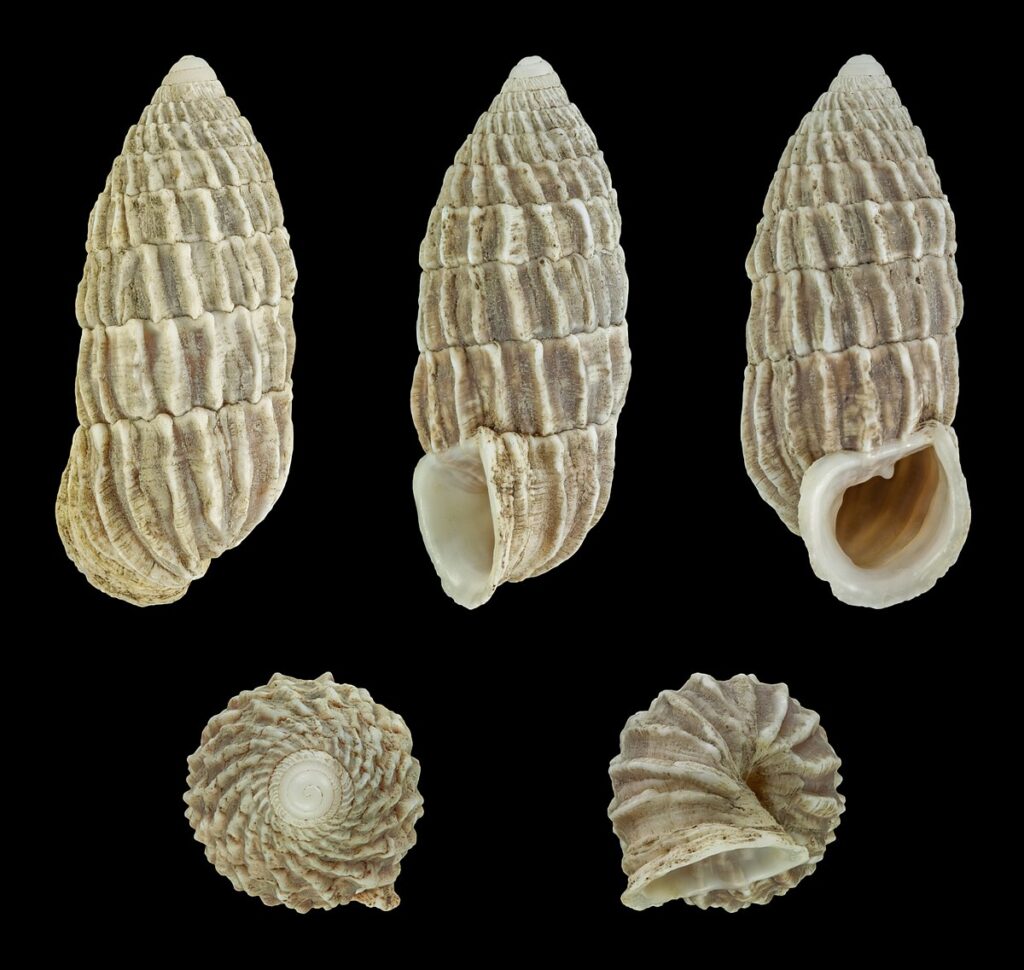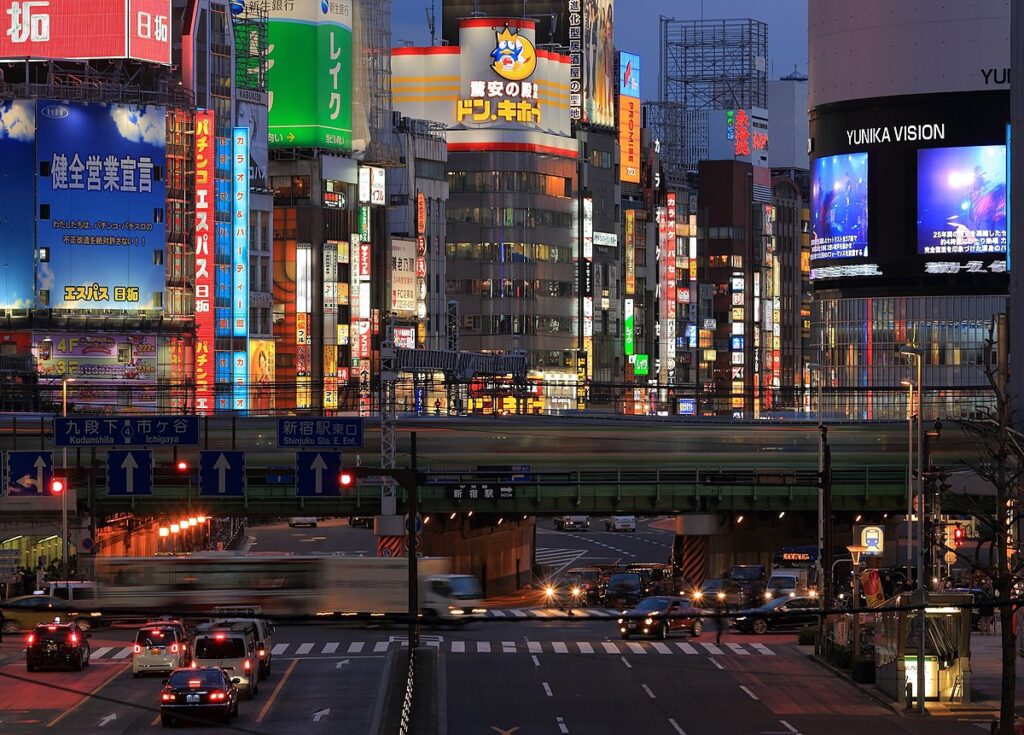Tourist attractions--archive--
-

Usa Shrine (Usa City, Oita Prefecture).
Overview (History, Features, and Attractions) Usa Jingu Shrine, located in Usa City, Oita Prefecture, is the head shrine of Japan's leading Hachiman shrines. Legend has it that it was founded in the 8th century (Wado-Yoro era), and enshrines three main deities: Emperor Ojin (Hachiman), Himegami, and Emperor Chuai. Since ancient times, the shrine has served as a hub for the Imperial Court and samurai... -

Tashirojima (Ishinomaki City, Miyagi Prefecture)
Overview (History, Features, and Attractions) Tashirojima (Ishinomaki City, Miyagi Prefecture) is a small island known nationwide as "Cat Island." Its population is small, and the local community has long been centered around fishing. Many pet and community cats live freely on the island, and cats have become the island's symbol. -

Daikanyama (Shibuya Ward, Tokyo)
Overview (History, Features, and Attractions) Daikanyama is a fashionable neighborhood in Shibuya Ward, Tokyo, where a quiet residential area coexists with a unique commercial area. One theory is that the name comes from the fact that the area was home to a magistrate's residence during the Edo period, and after the war, it gradually developed into an upscale residential area and cultural district... -

Kiritappu Wetland (Hamanaka Town, Akkeshi District, Hokkaido)
Kiritappu Wetland (Hamanaka Town, Akkeshi District, Hokkaido) — Overview (History, Features, and Attractions) Kiritappu Wetland is a coastal marshland stretching across Hamanaka Town in eastern Hokkaido, and is one of Japan's most representative marshes. Its unique topography, interwoven with the sea and hills, allows for a diverse range of wetland plant communities and... -

Tokyo Metropolitan Government Building (Shinjuku Ward, Tokyo)
Overview (History, Features, and Attractions) Tokyo Metropolitan Government Building (commonly known as Tocho) is a large government building that houses Tokyo's administrative agencies and is a symbol of Shinjuku Subcenter. Designed by the master of modern architecture, Kenzo Tange, it was completed in the early 1990s. Its two main towers (the First Main Building and the Second Main Building) are approximately 243 meters high. -

Shirahone Hot Springs (Matsumoto City, Nagano Prefecture)
Overview (History, Features, and Attractions) Shirahone Onsen is a historic hot spring resort located in Matsumoto City, Nagano Prefecture (formerly the Azumi region). The hot spring's name comes from a legend that refers to "white bones," and it has long been a popular hot spring resort. Its most distinctive feature is its milky white to pale bluish-white color... -

Kuromon Market (Chuo Ward, Osaka City, Osaka Prefecture)
Overview (History, Features, and Attractions) Kuromon Market is a food shopping district in Osaka's Chuo Ward, affectionately known as "Osaka's Kitchen." Originating as a commercial district dating back to the Edo period, it is a lively market lined with fresh fish, meat, produce, prepared foods, sushi restaurants, and small-plate restaurants. Local... -

Minamiza Theatre (Higashiyama Ward, Kyoto City, Kyoto Prefecture)
Overview (History, Features, and Appeal) Minamiza is one of Japan's leading kabuki theaters, located near Shijo Ohashi Bridge in Higashiyama Ward, Kyoto City, and is a central presence in Kyoto's traditional performing arts. Its origins date back to the Edo period, and it has continued to host kabuki performances to this day, undergoing repeated renovations and restorations over the years... -

Sarusawa Pond (Nara City, Nara Prefecture)
Overview (History, Features, and Attractions) Sarusawa Pond is a circular pond located in the center of Nara City, adjacent to Kofuku-ji Temple and Nara Park. It has long been a beloved landmark shaping the cityscape, and is particularly famous for the "mirror" view of Kofuku-ji Temple's five-story pagoda reflected in the pond. -

Nagaragawa River Cormorant Fishing (Gifu City, Gifu Prefecture)
Overview (History, Features, and Attractions) Nagara River Cormorant Fishing is a demonstration of the traditional fishing method, "Ukai," held every spring through autumn on the Nagara River, which flows through Gifu City. Cormorant fishermen use cormorants to swim around the river's surface at night, catching fish that gather around the lit bonfires (bonfires on the cormorant fishing boats). Nagara...




